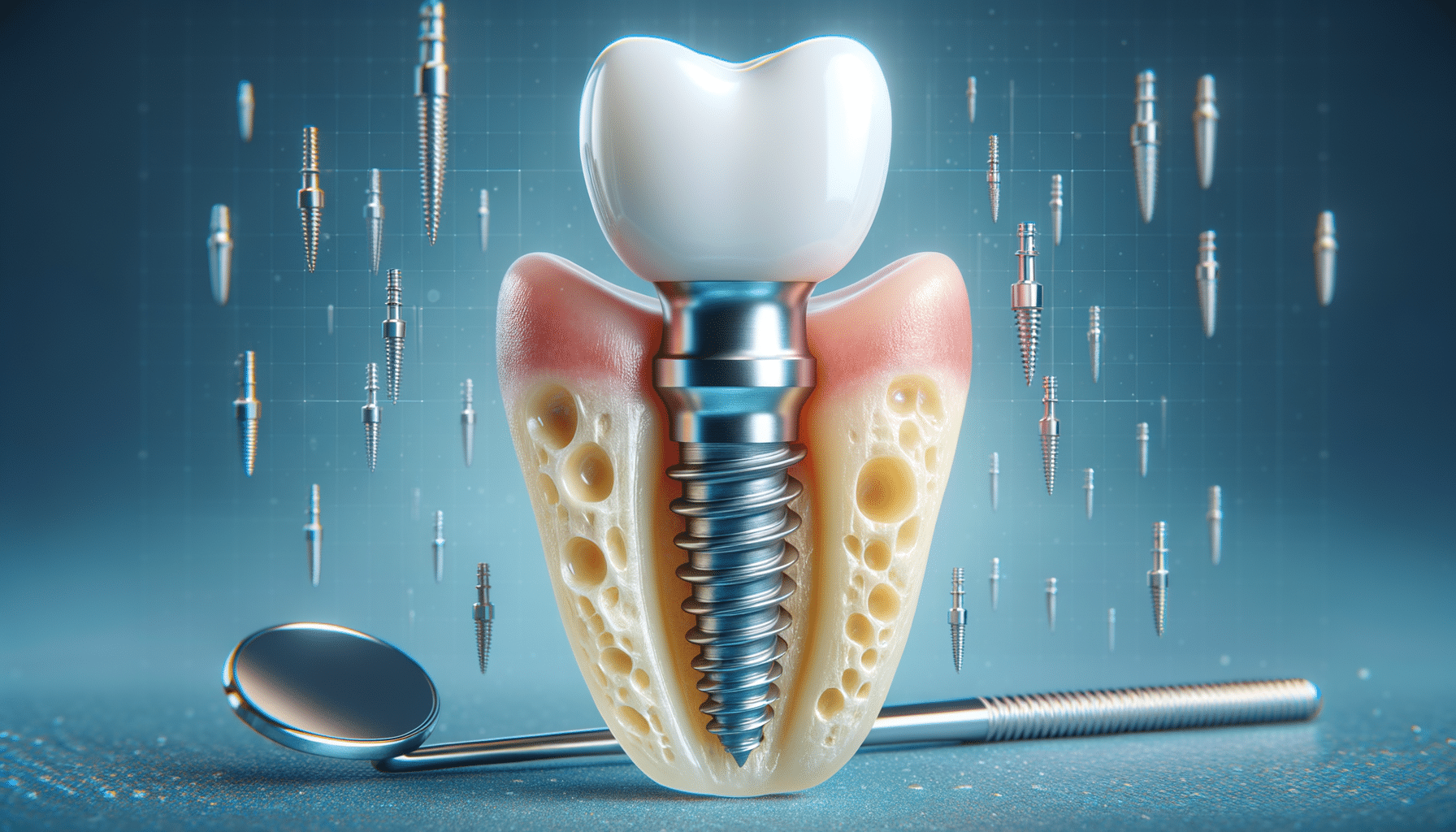
Exploring Dental Implants: A Comprehensive Guide
Introduction to Dental Implants
Dental implants have revolutionized the field of dentistry, providing a reliable and long-lasting solution for tooth replacement. These implants are designed to mimic the function and appearance of natural teeth, offering patients a renewed sense of confidence and improved oral health. Unlike traditional dentures, dental implants are surgically placed into the jawbone, ensuring a stable and secure fit. This article delves into the various aspects of dental implants, highlighting their benefits, the procedure involved, and the considerations one should keep in mind.
The Benefits of Dental Implants
Dental implants offer numerous advantages over other tooth replacement options. One of the primary benefits is their durability. Made from materials like titanium, these implants are built to last for many years, often a lifetime, with proper care. This longevity makes them a cost-effective solution in the long run. Additionally, dental implants help preserve jawbone health. When a tooth is lost, the jawbone can begin to deteriorate over time. Implants stimulate the bone, preventing this loss and maintaining facial structure.
Another significant advantage is the natural appearance and functionality of dental implants. They are designed to match the color and shape of your natural teeth, making them virtually indistinguishable. This aesthetic appeal is complemented by their functionality; implants allow individuals to eat, speak, and smile with ease, just as they would with natural teeth. Furthermore, implants do not require the alteration of adjacent teeth, as is necessary with some bridges, preserving the integrity of surrounding teeth.
- Long-lasting and durable
- Preserve jawbone health
- Natural appearance and functionality
- Maintain integrity of surrounding teeth
The Dental Implant Procedure
The process of getting dental implants typically involves several stages, each crucial to ensuring the success and longevity of the implant. Initially, a thorough evaluation is conducted to assess the patient’s oral health and to plan the implant placement. This may include X-rays and 3D imaging to determine the best location for the implant.
Once the planning is complete, the surgical phase begins. The dental implant is placed into the jawbone, where it will undergo a process called osseointegration. During this time, the bone grows around the implant, securing it in place. This phase can take several months, but it is essential for the stability of the implant.
After osseointegration is complete, an abutment is attached to the implant, serving as a connector for the crown. Finally, a custom-made crown is placed on top, completing the restoration. The entire process requires patience and commitment but results in a highly satisfactory outcome for most patients.
- Initial evaluation and planning
- Surgical placement and osseointegration
- Attachment of abutment and crown
- Commitment to long-term success
Considerations and Care for Dental Implants
While dental implants offer numerous benefits, there are important considerations to keep in mind. Not everyone is an ideal candidate for implants; factors such as bone density, overall health, and oral hygiene habits play a critical role in determining suitability. A comprehensive consultation with a dental professional can help assess these factors and provide guidance on the best course of action.
Post-procedure care is vital for the longevity of dental implants. Regular dental check-ups and maintaining excellent oral hygiene are essential. Brushing and flossing daily, along with using an antibacterial mouthwash, can help prevent infection and ensure the health of the surrounding tissues. Additionally, avoiding habits such as smoking, which can impede healing and affect the success rate of implants, is crucial.
By understanding the process and committing to proper care, individuals can enjoy the benefits of dental implants for many years, restoring both function and aesthetics to their smile.
- Assessing candidate suitability
- Importance of post-procedure care
- Maintaining oral hygiene
- Avoiding detrimental habits


